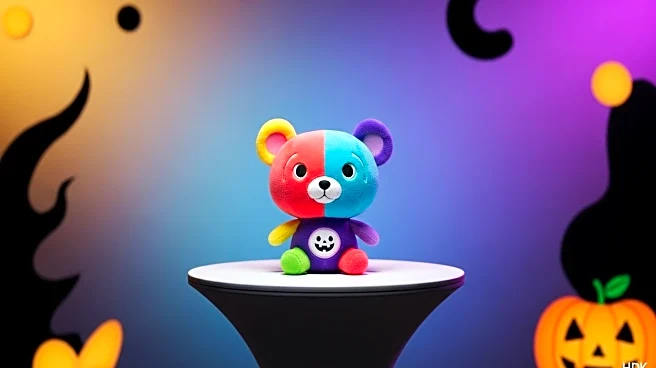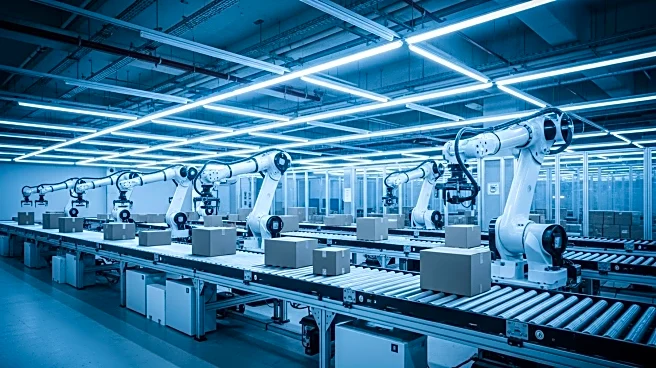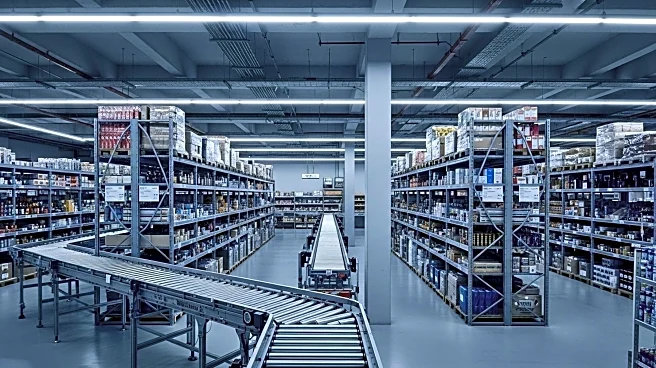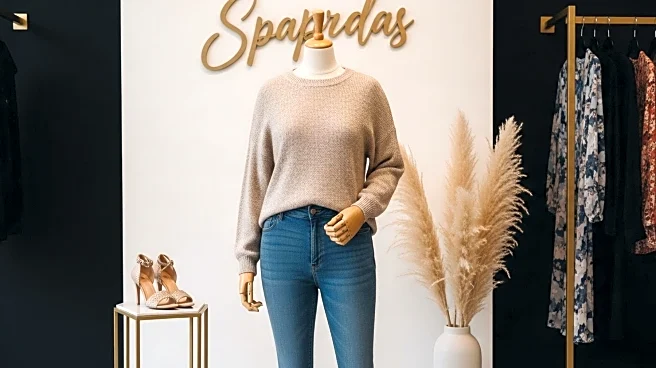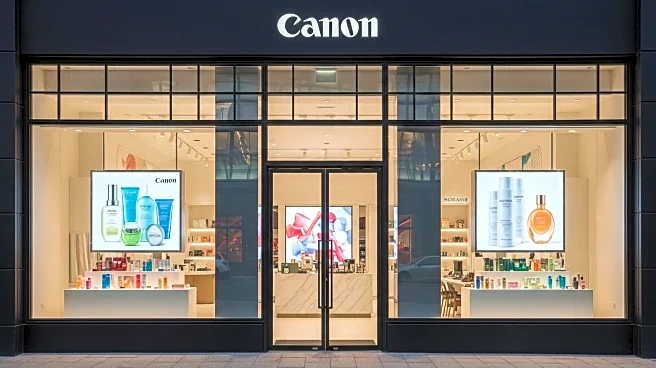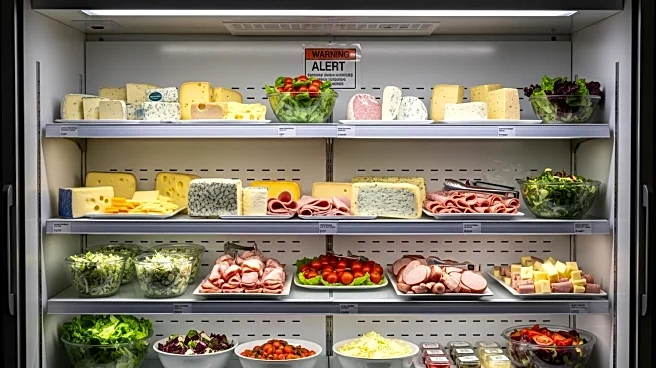What's Happening?
A frequent thrifter, known on Reddit as u/p--py, recently encountered a surprising price difference when tasked with purchasing a baby item from Walmart. Accustomed to thrift store prices, he expected a simple baby bouncer to cost around $15. However, upon visiting Walmart, he found the cheapest option priced at $34.99, more than double his expectation. Opting to thrift instead, he successfully found a bouncer for $2.99 the following day. Despite needing a wash and missing a piece, the bouncer was deemed suitable for short-term use while his wife does laundry. The Reddit post detailing this experience resonated with many, garnering hundreds of upvotes and comments from fellow thrifters who shared similar sentiments about retail price shocks.
Why It's Important?
This story highlights the growing trend and appeal of thrifting as a cost-effective alternative to traditional retail shopping. As retail prices continue to rise, more consumers are turning to secondhand markets to meet their needs affordably. The global secondhand apparel market is projected to grow significantly, from $141 billion in 2021 to an estimated $367 billion by 2029. This shift not only reflects changing consumer behavior but also suggests a potential impact on the retail industry, which may need to adapt to the increasing popularity of thrifting and secondhand shopping. The story underscores the economic pressures faced by consumers and the innovative ways they are adapting to maintain their purchasing power.
What's Next?
As the secondhand market continues to expand, traditional retailers may need to reconsider their pricing strategies and explore ways to compete with the affordability of thrift stores. Additionally, the rise of online platforms like Depop, which saw significant growth in downloads, indicates a shift towards digital secondhand shopping. Retailers might explore partnerships or integrations with these platforms to capture a share of the growing market. Consumers, on the other hand, are likely to continue seeking out thrift options, driven by both economic necessity and environmental consciousness.
Beyond the Headlines
The increasing popularity of thrifting also raises questions about sustainability and consumer culture. As more people embrace secondhand shopping, there is potential for a positive environmental impact through reduced waste and resource consumption. However, it also challenges the traditional retail model, which relies on new product sales. This shift could lead to broader cultural changes in how consumers perceive value and make purchasing decisions, potentially fostering a more sustainable and conscious consumer society.



